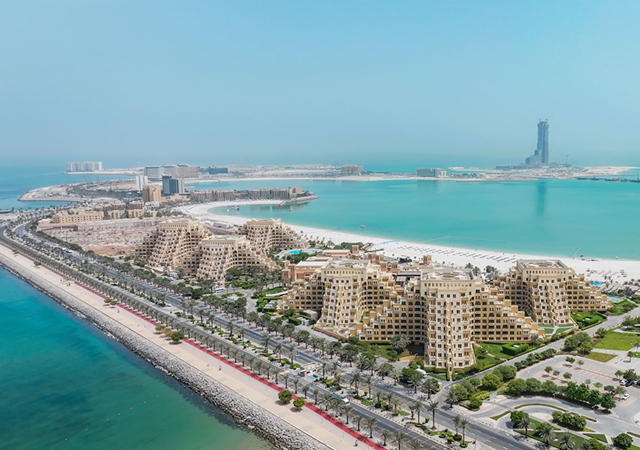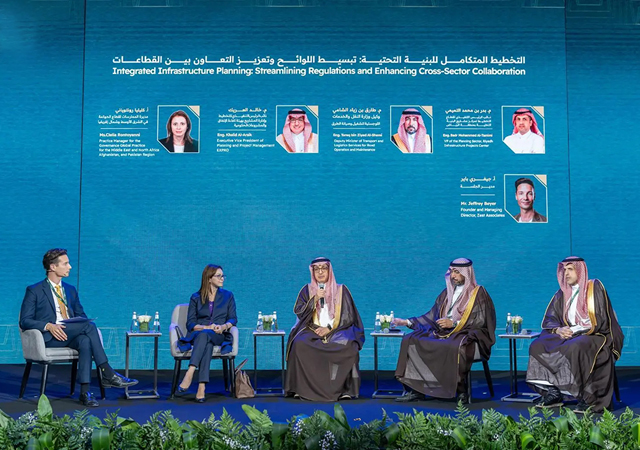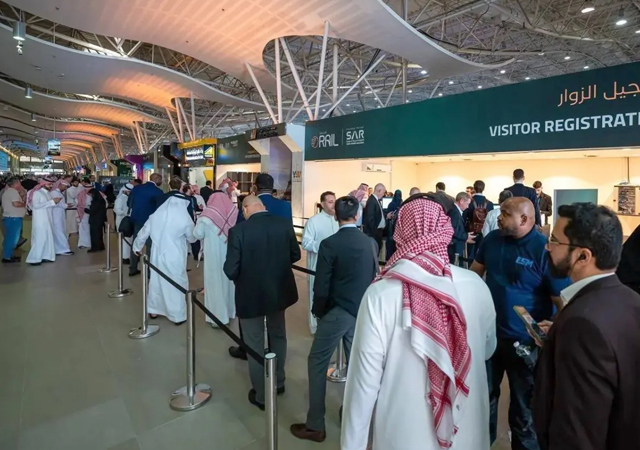
 Al Warqaa Mosque ... a Mac Al Gurg project.
Al Warqaa Mosque ... a Mac Al Gurg project.
Dubai-based Mac Al Gurg is aggressively promoting a highly versatile clay face brick produced by the South Africa-based Corobrik, which boasts a host of advantages including aesthetics, durability, thermal efficiency, soundproofing and no maintenance.
“As a cladding material, clay face brick offers an unsurpassed life cycle value because of the material’s incredible utility that is founded in the unique intrinsic properties of fired clay and very few building materials come close to emulating its versatility. It is both structural and functional at the same time, offering a combination of benefits like no other,” says a spokesman for Mac Al Gurg.
“Being ‘of the earth’ no other building material combines as effectively with the natural environment. The tones and textures of clay face brick mature with age. The vitrification of the material in the firing process at temperature towards 1,200 deg C ensures that the colours remain unaffected by ultra-violet light and never fade. It also offers unsurpassed durability, eliminating the need to be protected by man-made cladding materials, coatings, rendering and paint,” he says.
Other advantages include outstanding thermal efficiency, effective soundproofing and no maintenance.
“While these benefits provide the rational common sense reasons for using clay face brick as a cladding, it is the flexibility of the material in taking on virtually any shape or form that provides for exciting designs in both contemporary and traditional architecture,” the spokesman points out
Face bricks of different colours and textures combine very effectively to emphasise detail and form in the context of the architecture and the concept of combining colour and texture can be taken a step further with the use of different coloured mortars, providing potential for designers to create unique facades.
Corobrik clay face bricks have also been well used in many high-profile commercial buildings throughout Dubai to create a sense of originality and identity for the developers.
“While the value or utility that clay face brick affords is best recognised by the materials’ aesthetic contribution to the built environment, it is the material’s ability to enhance the ambiance with low impact on the environment that is most noteworthy.
“Indeed, with the long-term sustainability of our environment under increasing threat due to escalating global warming, no longer can cladding material choices be made without considering the life cycle impact of different materials on our environment.
Turning to the product’s energy usage, he says “Corobrik, being a natural product, also scores because of its thermal efficiency and energy usage. Research on energy usage has concluded that over the life of a building material, roughly five per cent of energy is taken up in its manufacture. The other 95 per cent of energy is in the operation and maintenance of the building and that includes the cost of heating and cooling. In this latter regard it is the magnitude of that heating and cooling that has the greatest long-term impact on the environment (see www.staywithclay.com – GBC – the green building challenge handbook).
“Corobrik bricks are produced in highly efficient continuous kilns fired with natural gas ensuring a lower embodied energy than most other building materials. Clay brick typically has a low embodied energy of 2.5 mega joules per kilogram of energy whereas aluminium is at the other end of the scale up at 227 mega joules per kilogram of energy (refer CSIRO Manufacturing and Infrastructure Technology of Australia).
“It is significant to note that as much as 60 per cent of the energy generated in the region is consumed by air-conditioning. With fossil fuels being the primary energy source for electricity generation, carbon dioxide emissions are significant leading to degradation of the environment.
“Over the life of buildings, clay brick has a major positive contribution to make to energy reduction in the Arabian Gulf due to the material’s exceptional thermal qualities. Specifically, it is the high thermal mass of fired clay brick that functions to reduce heat flow through the building envelope naturally moderating the internal temperatures of buildings. Depending on the choice of masonry wall design, clay brick permits U-values as low as 0.20 W/sq m.
“Relative to low thermal mass materials, clay face brick reduces energy usage for artificial cooling over the life of the building, contributing positively to the reduction of greenhouse emissions,” he concludes.
Corobrik has already been used on a number of projects in the UAE including the Emirates Residences, Sharaf Commercial building in Bur Dubai, Al Warqaa Mosque, and several villa complexes.



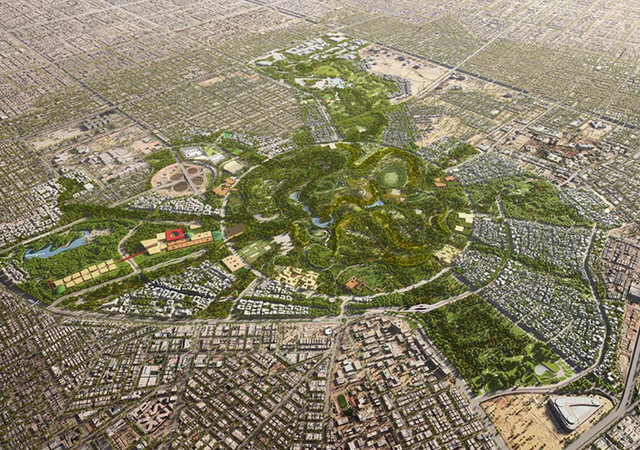
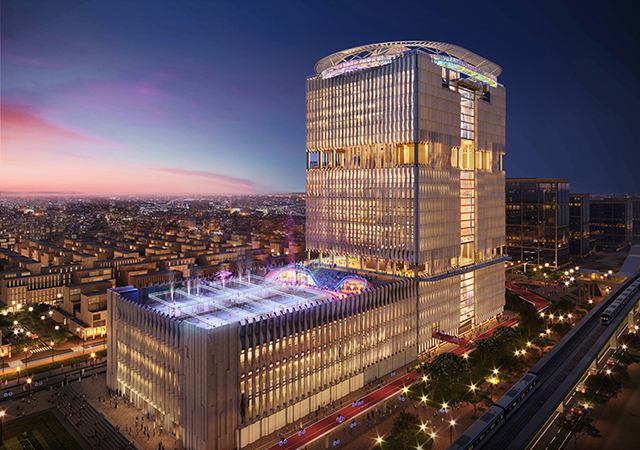
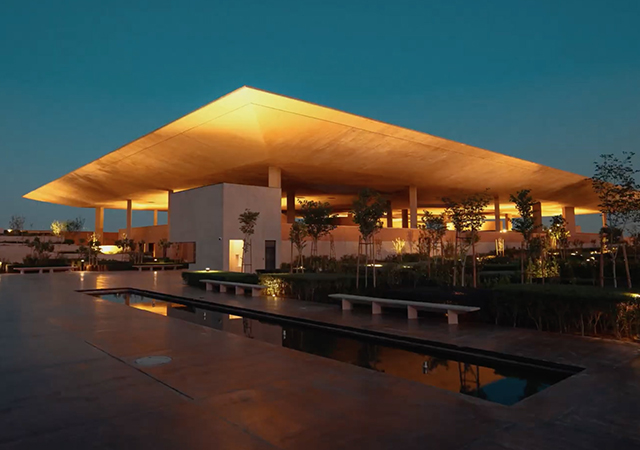
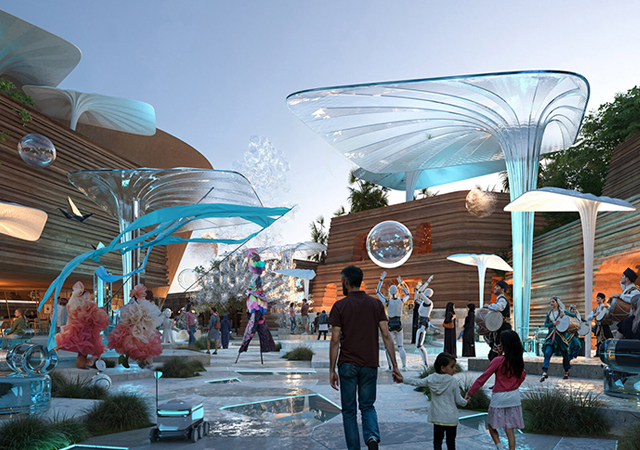
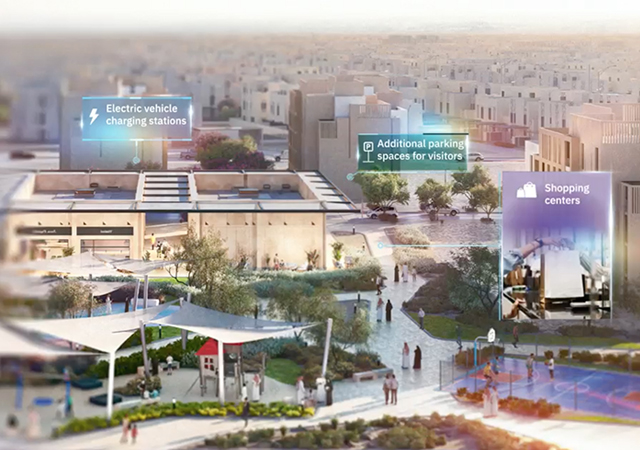
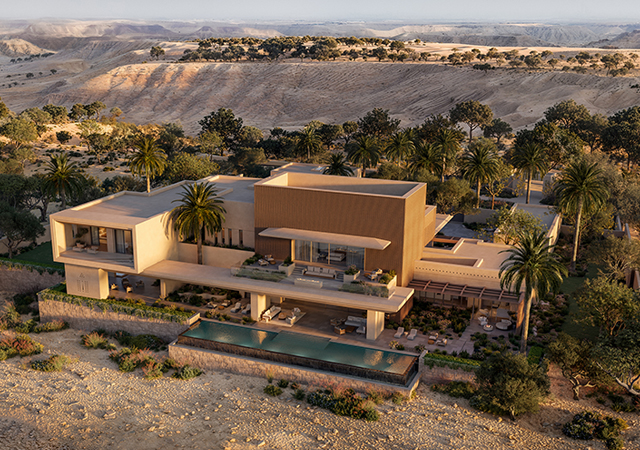
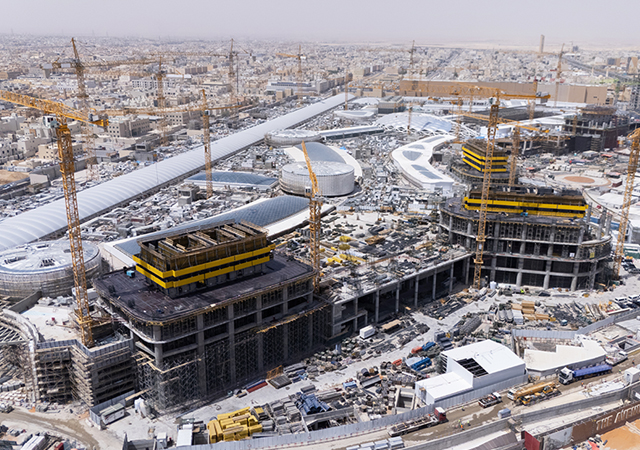
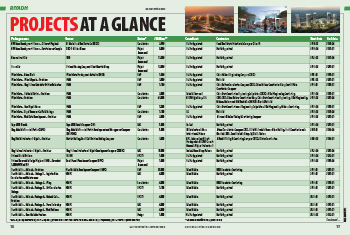
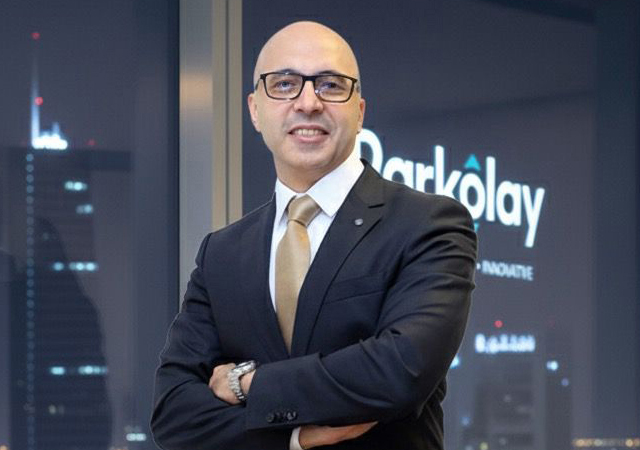
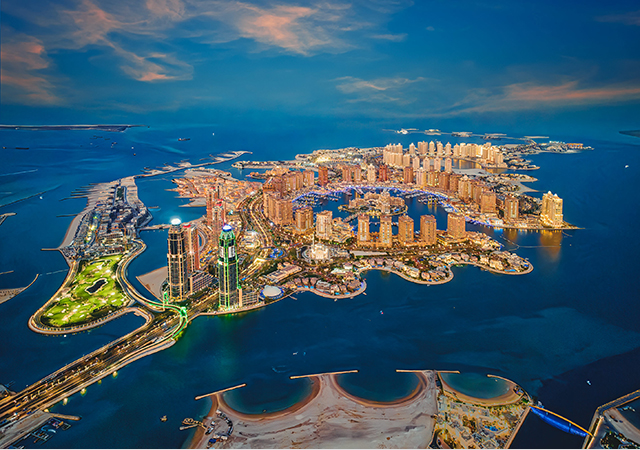

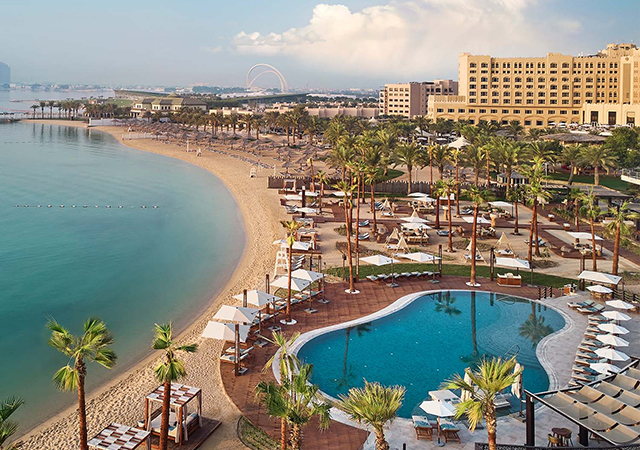

.jpg)
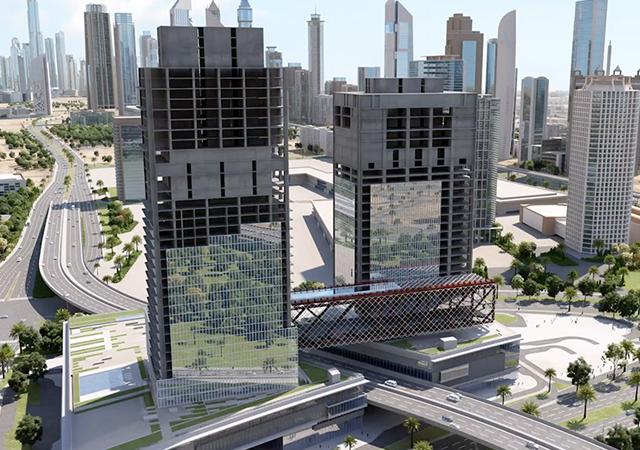
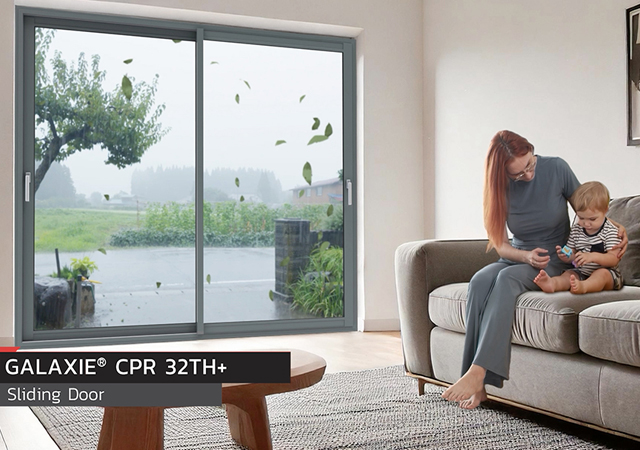
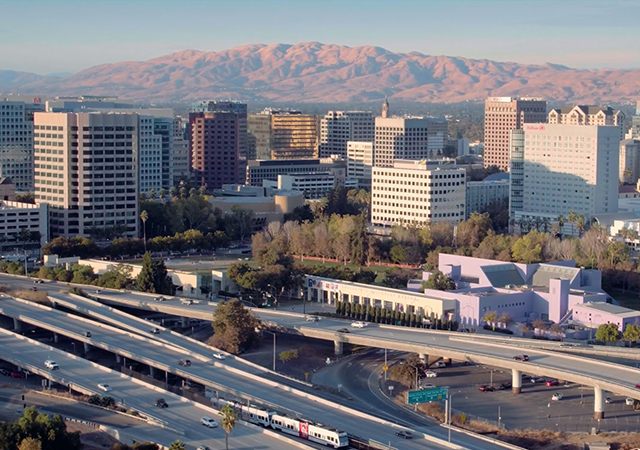
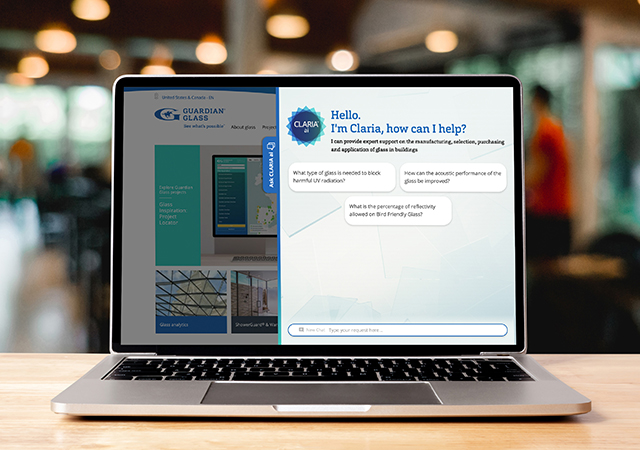

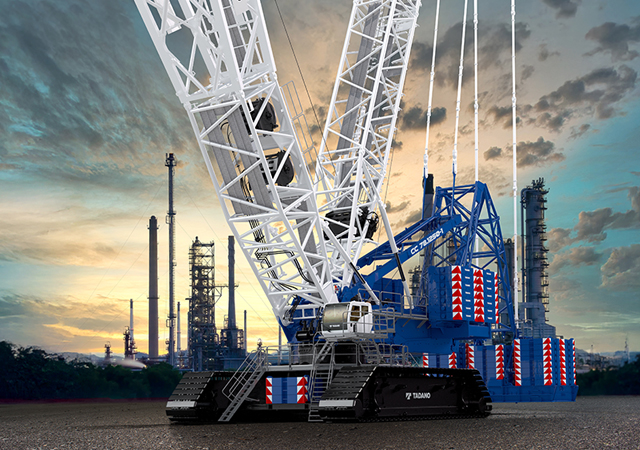
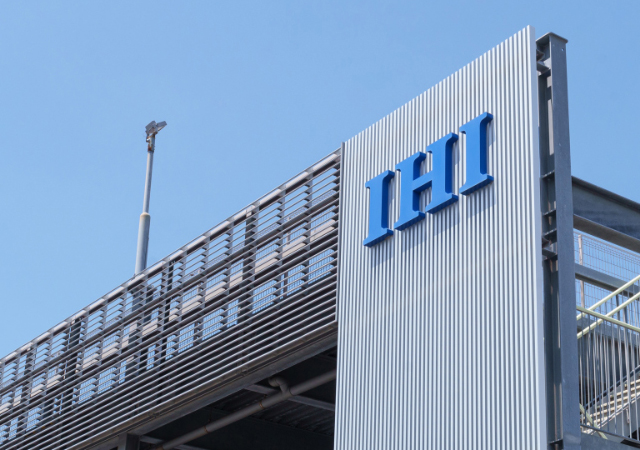
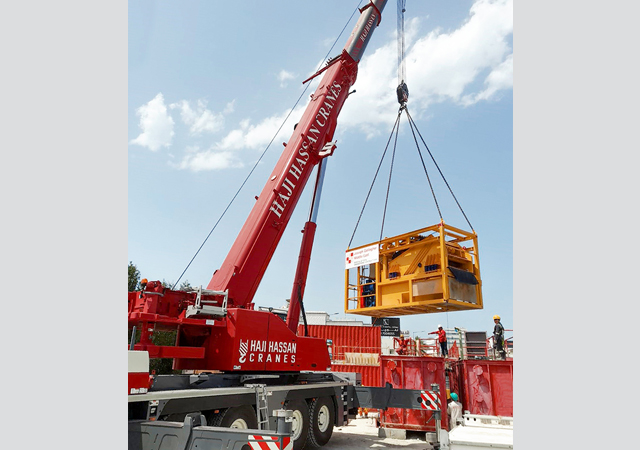
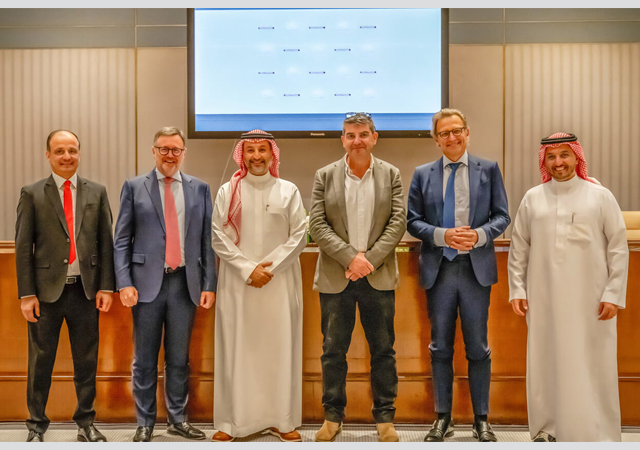
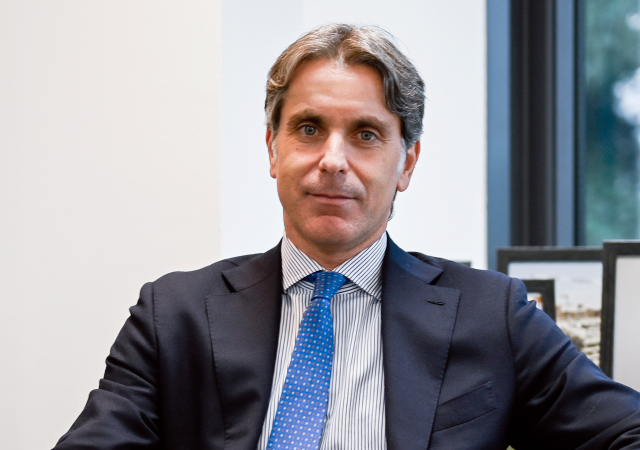
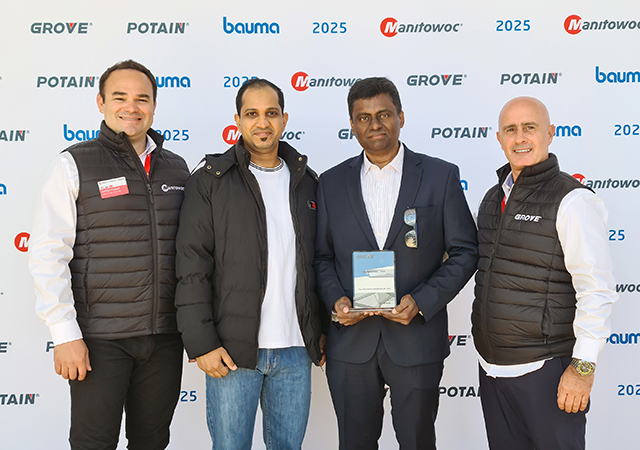
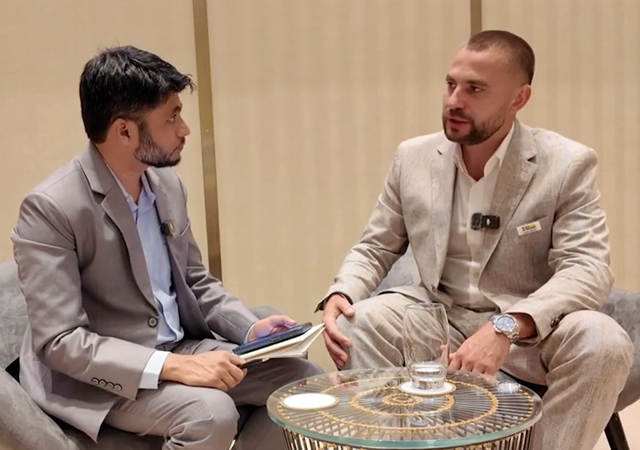
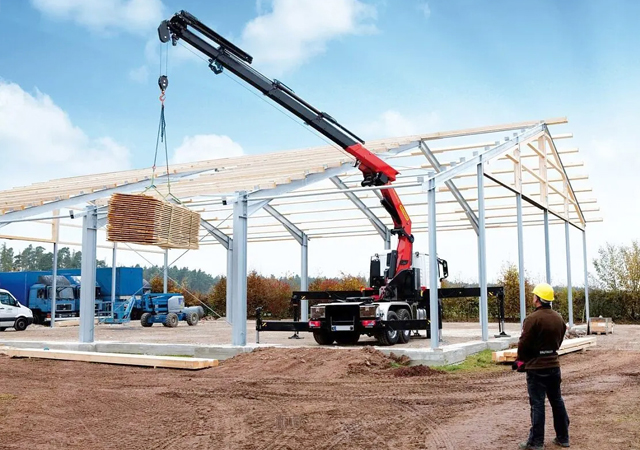
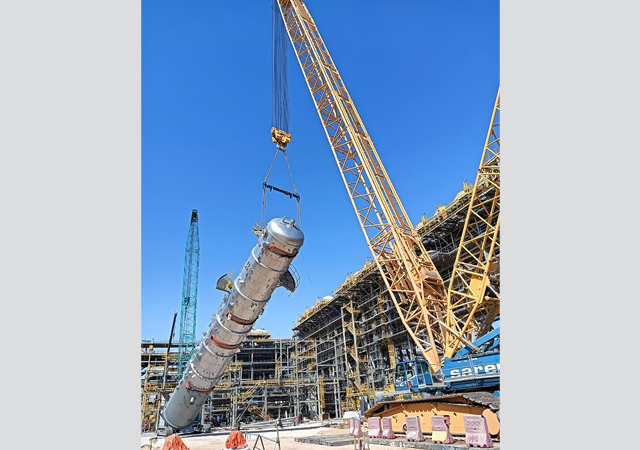
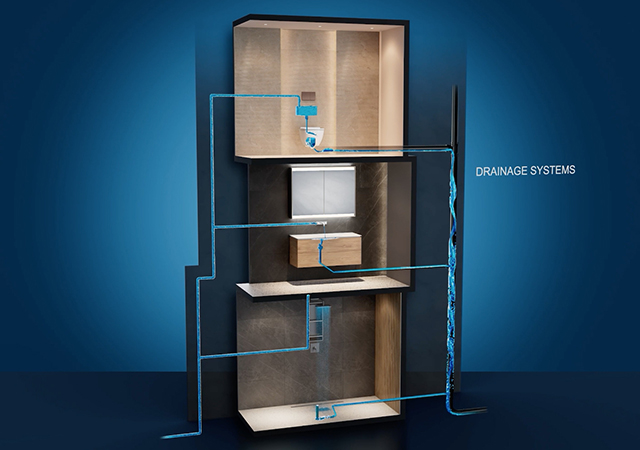
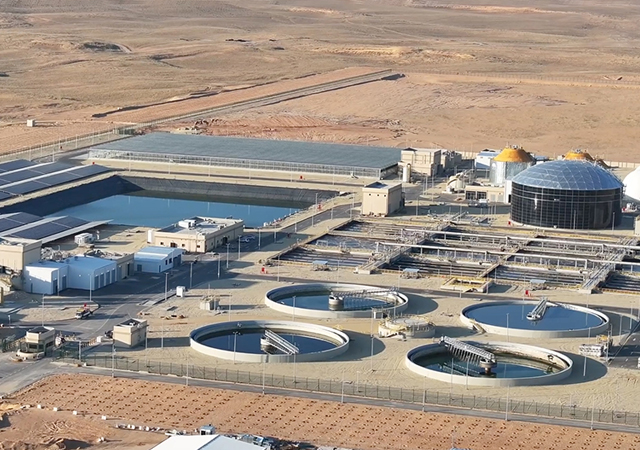


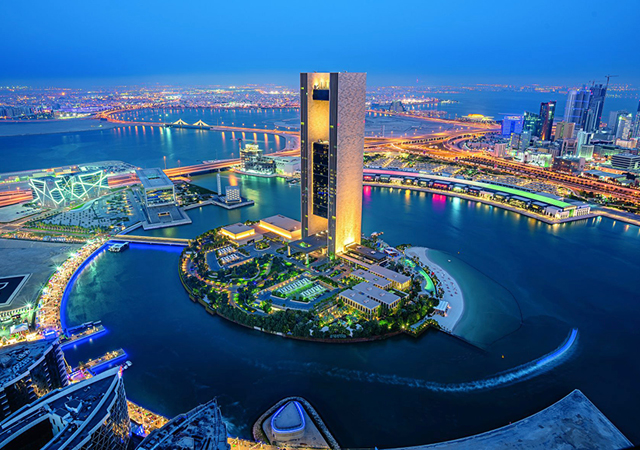
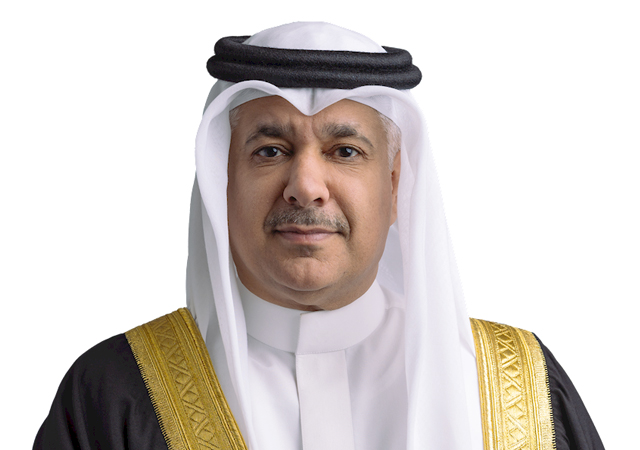
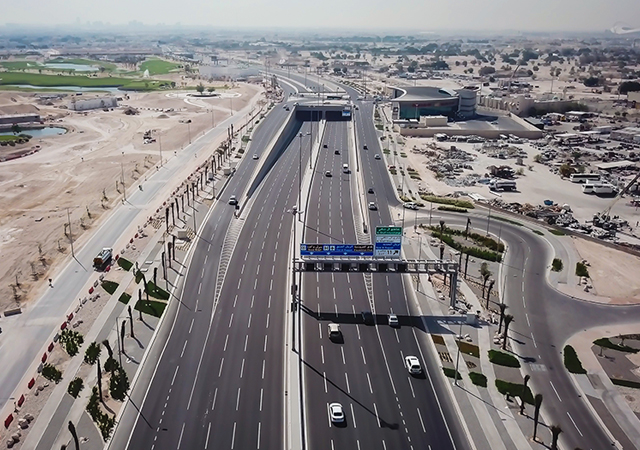
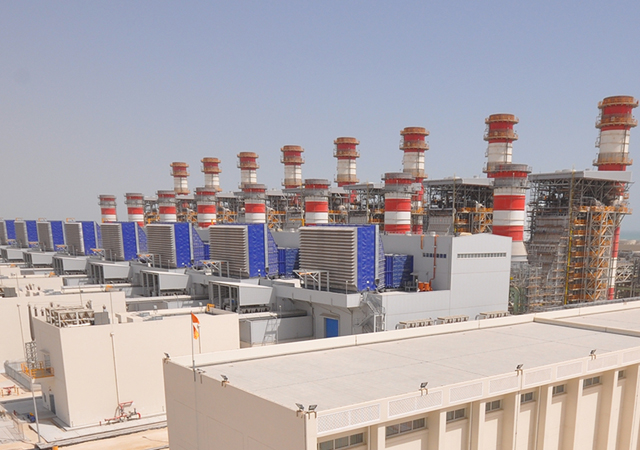
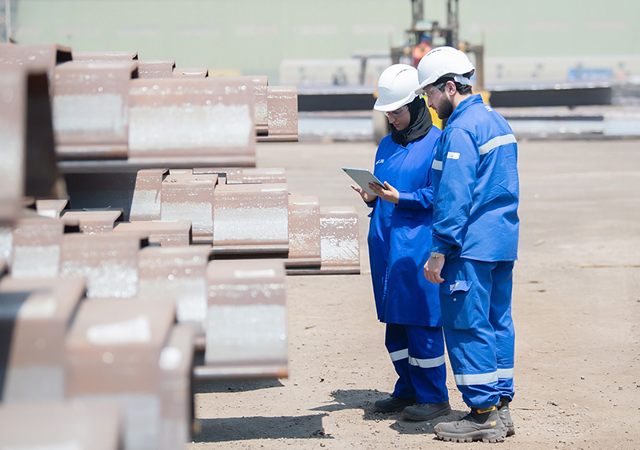
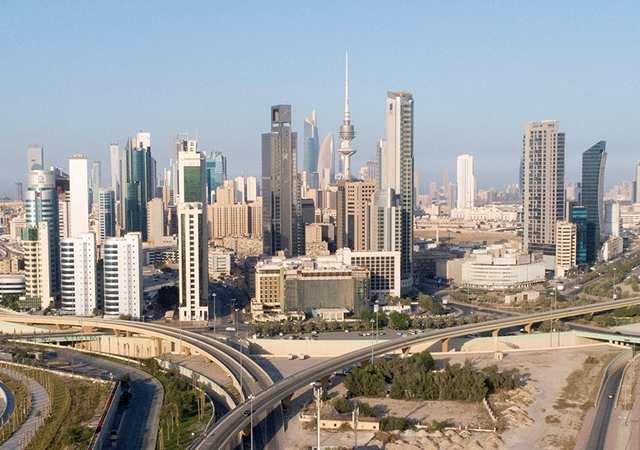

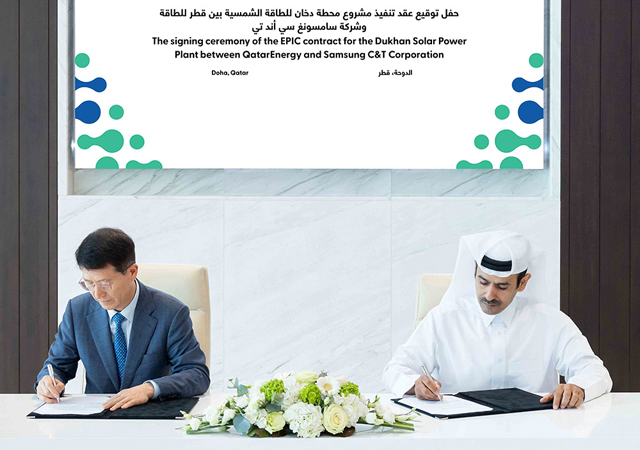
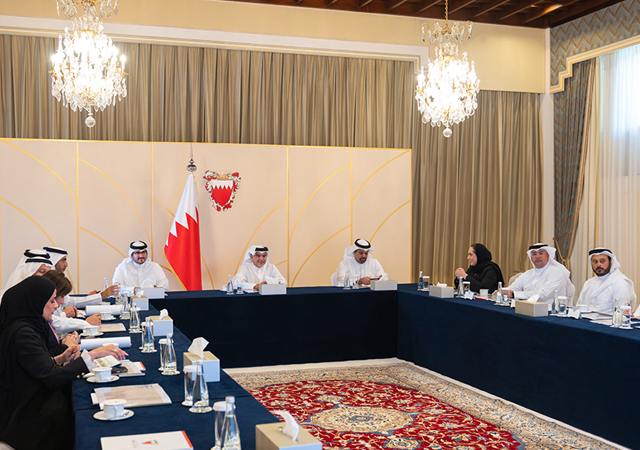

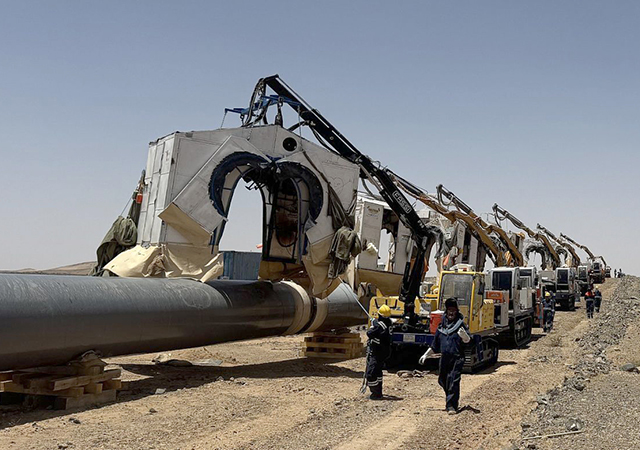
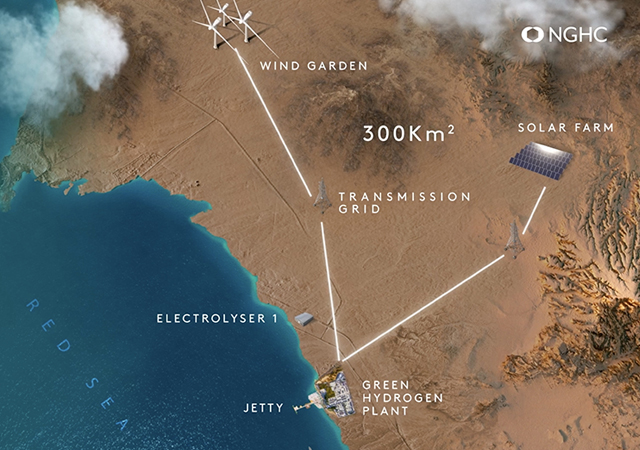
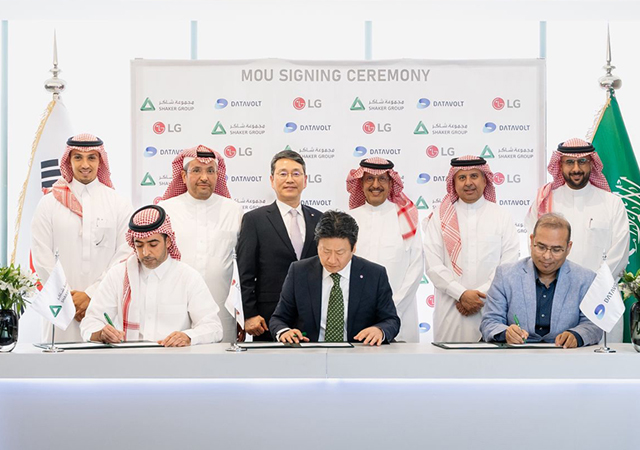
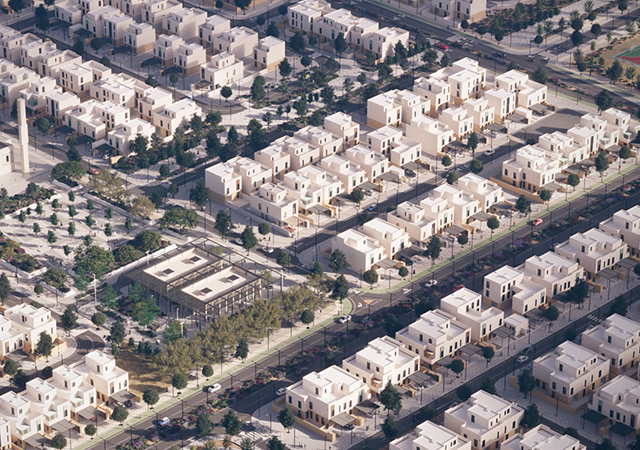
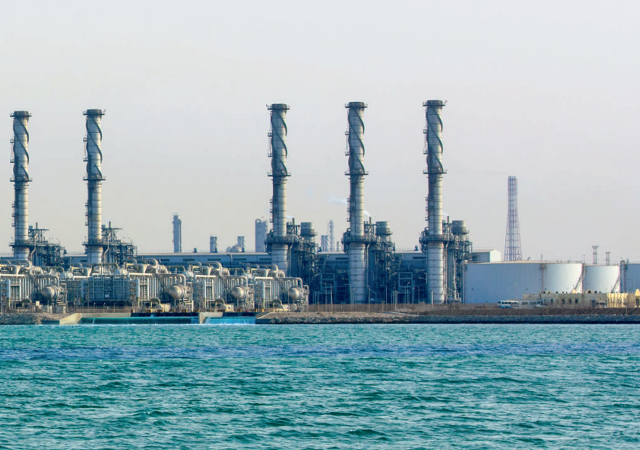

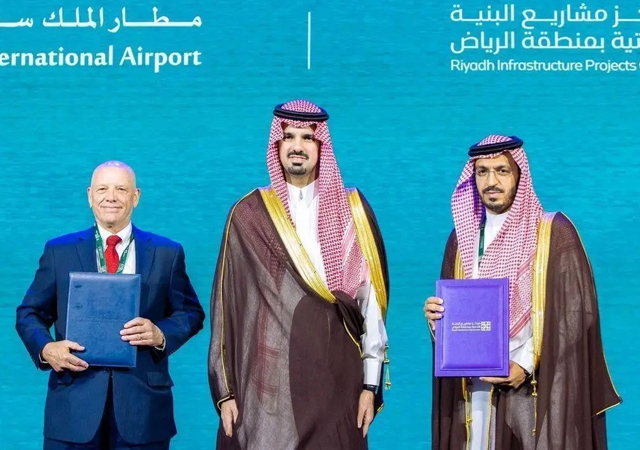
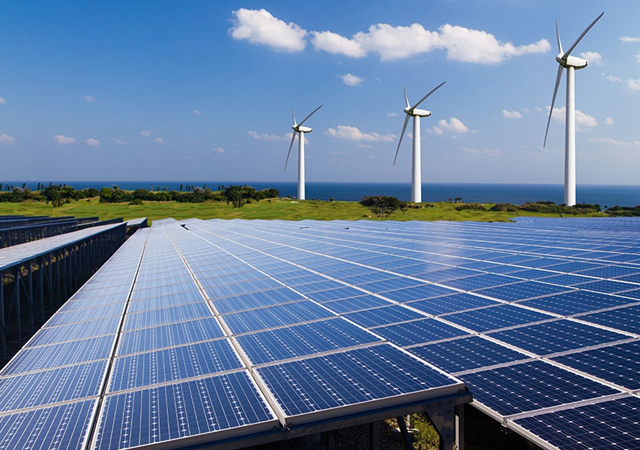
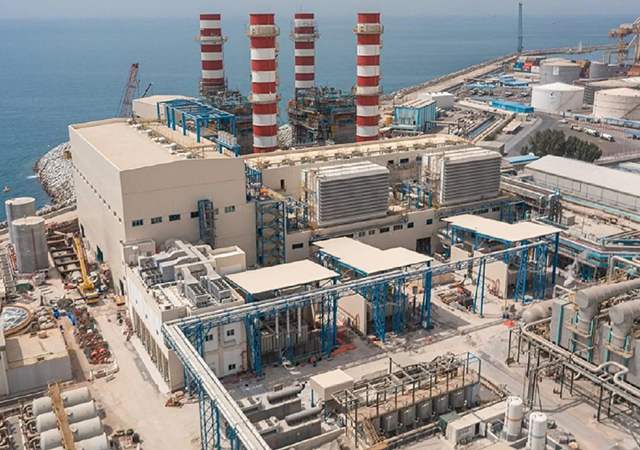
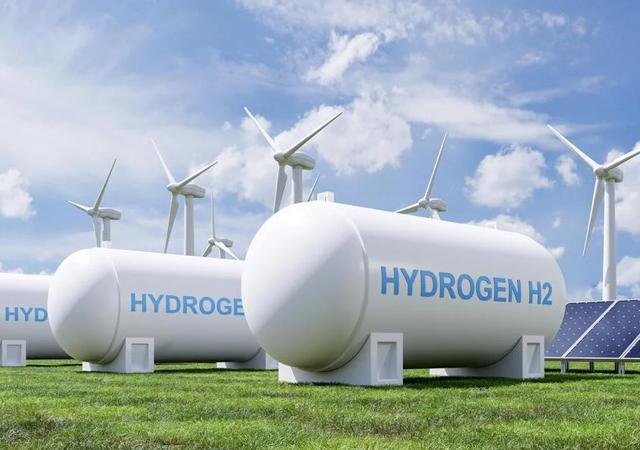

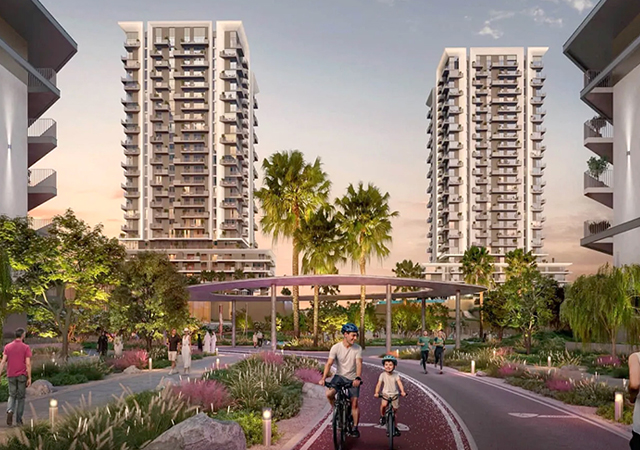
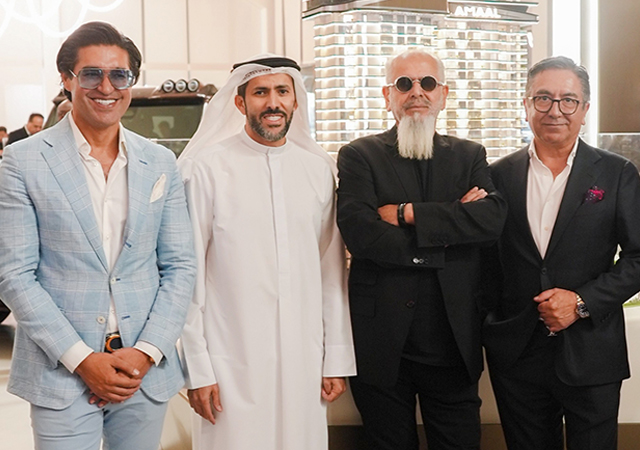
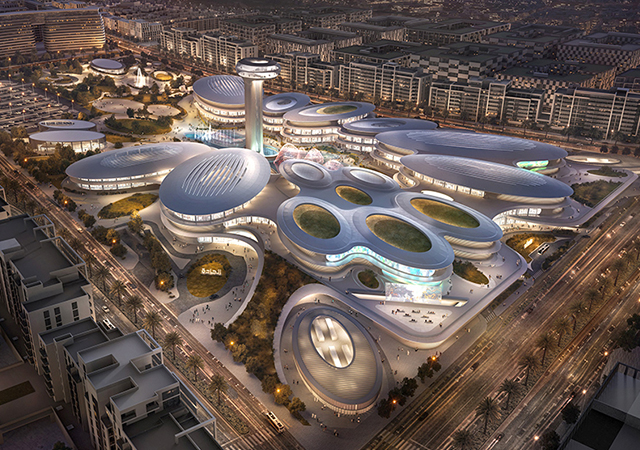
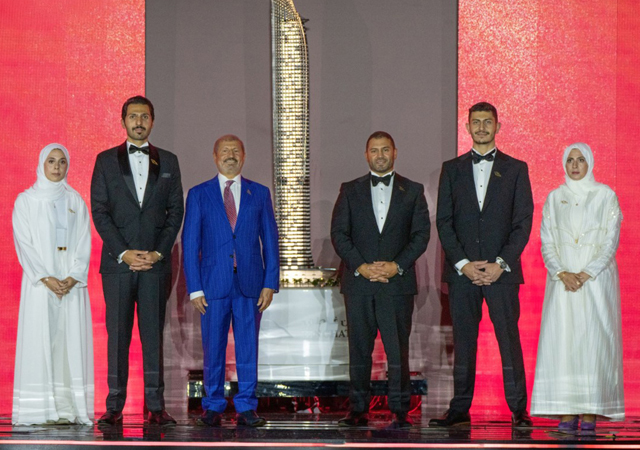
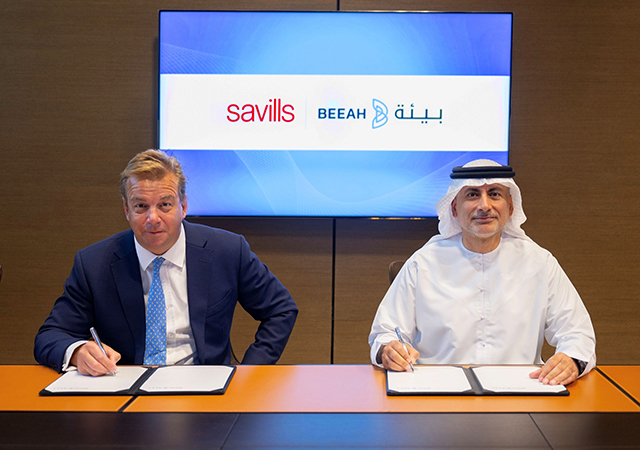
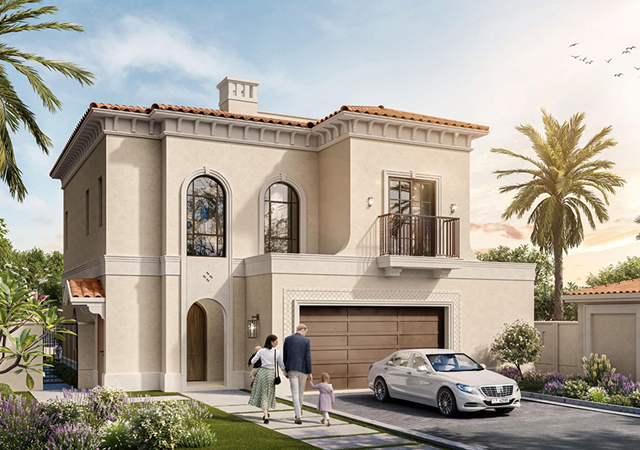
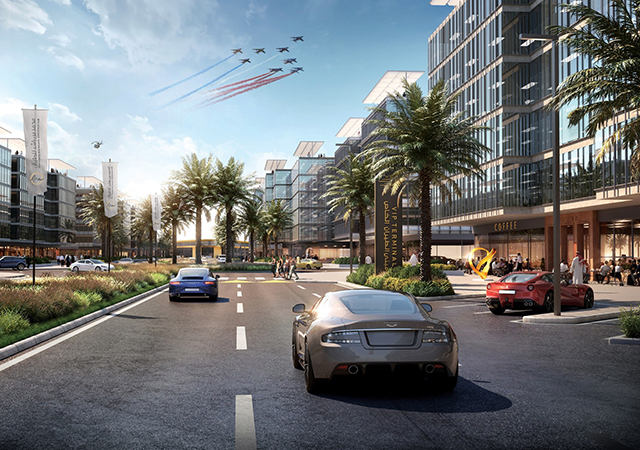
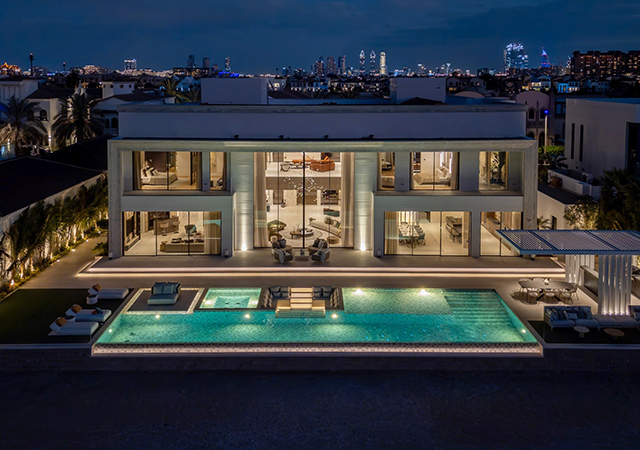
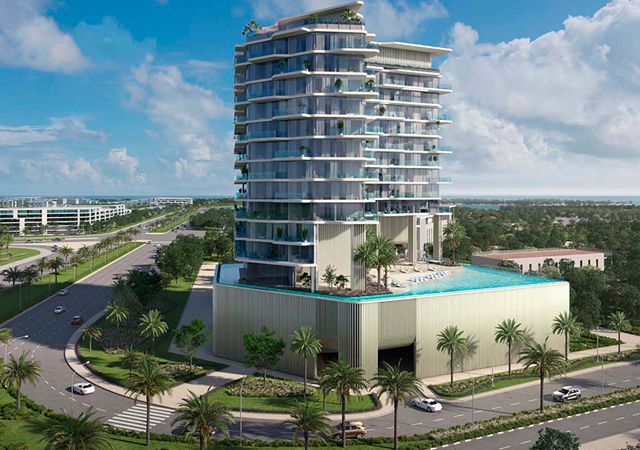
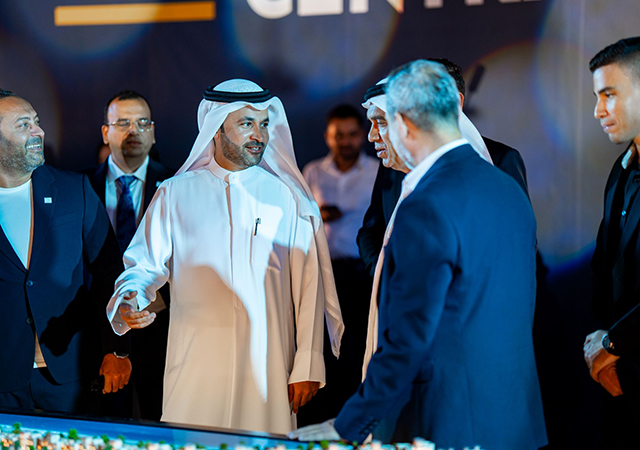
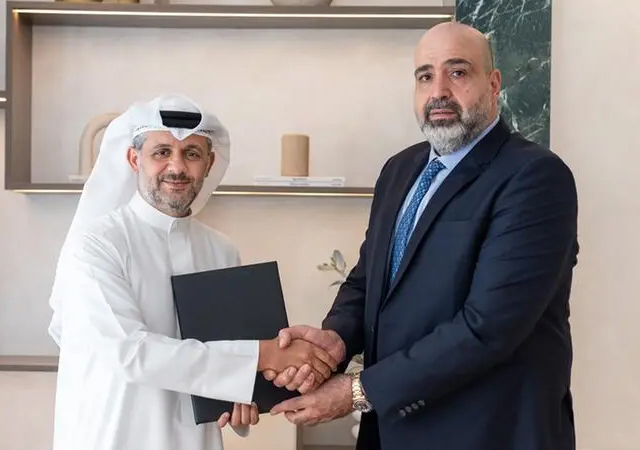
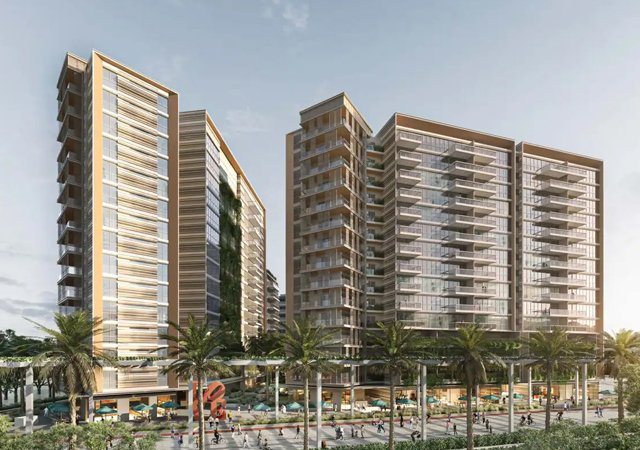
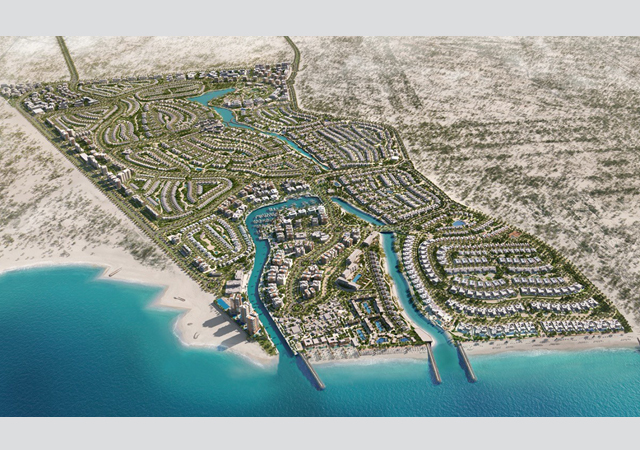
.jpg)
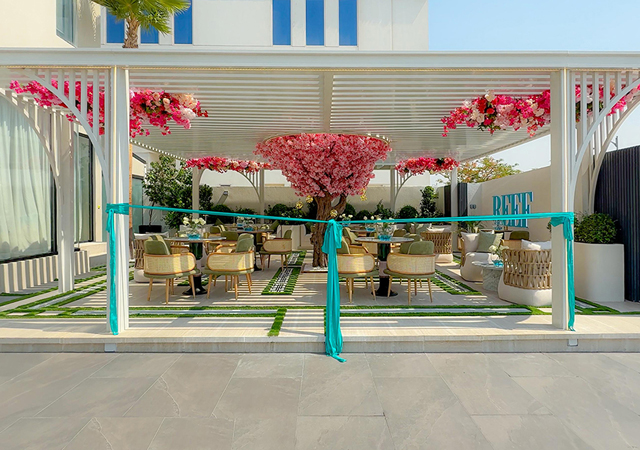
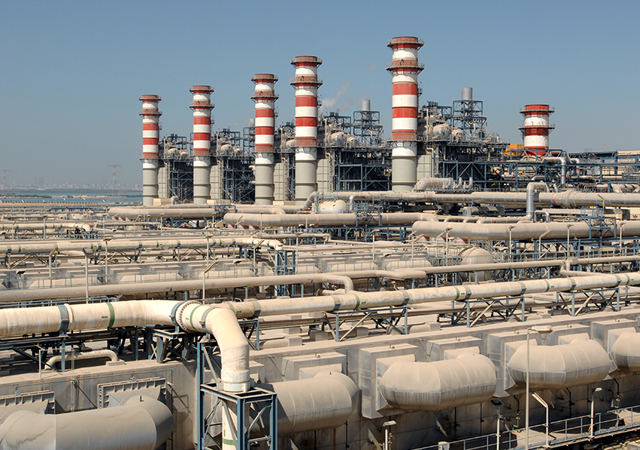
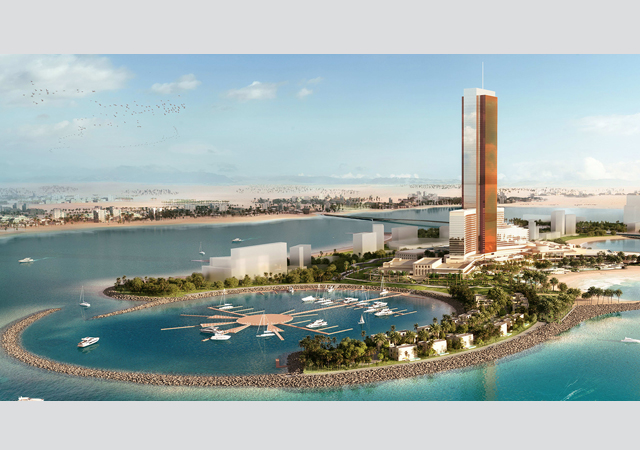
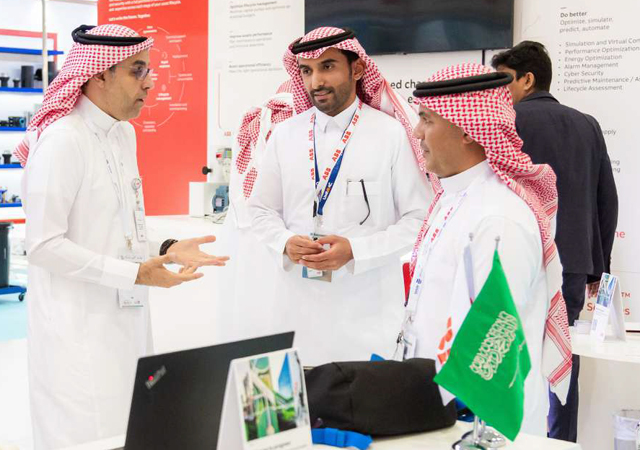
.jpg)
